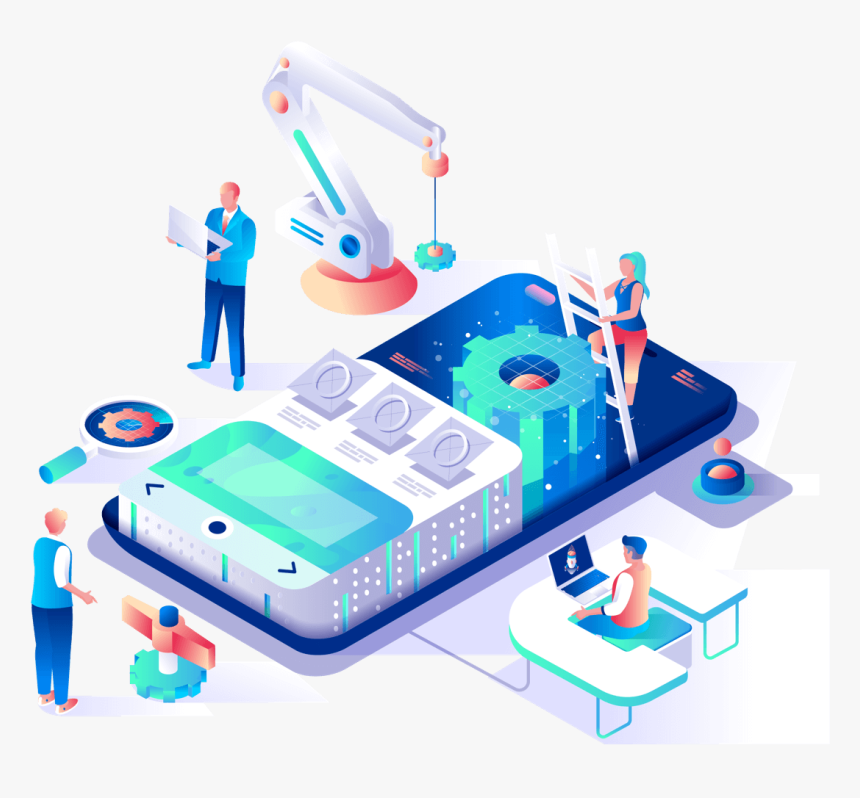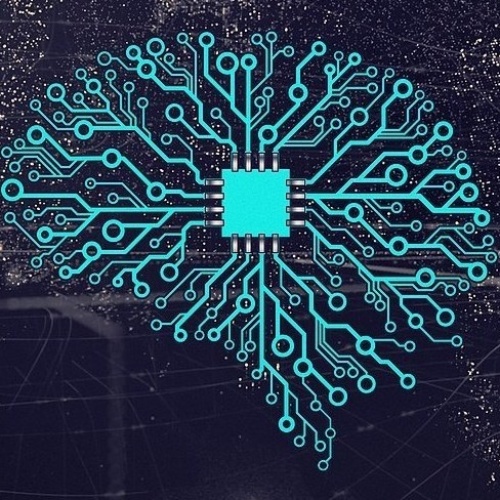
Data privacy is one of the most pertinent issues in the digital world. With millions of users exploring different apps, storing data on cloud services, and sharing their browsing information with online marketers, data security concerns continue to get bigger, especially with the inclusion of artificial intelligence in this scope.
With techniques like Data Mining and the implementation of ML algorithms on users’ online data, data privacy often becomes a talking point in tech circles. But, more importantly, the typical user is still naive about how these technologies work, so they are primarily unsure whether their data is secure on online platforms.
Since AI uses data to assess and predict outputs, it opens a debate about data breaches and security issues for users ranging from corporate enterprises to typical social media users.
The Privacy Protection Challenges with AI
AI has been generally seen to improve strategic operations and build intelligent systems. However, traditionally, AI development doesn’t prioritize data privacy. As a result, there is an obvious risk of AI using personal data, which threatens an individual’s right to data privacy.
While there are several challenges to privacy with AI, three of them stand out:
- Repurposing Data – When data is used beyond its originally intended purpose.
- Data Persistence – When data exists for longer than needed
- Data Spills – When information is collected from individuals not part of the original data collection group.
Threats to Privacy and Democracy
But how do AI systems become so threatening to consumers? Here are some things to consider:
Data Manipulation
Everything from our smartphones to home appliances is connected to the internet when you look around your place. So there is continuous data traveling from one point to the other most of the time.
The concerning part is that not all networks are secure, and there are particular features in every application that make them vulnerable to data manipulation. But who manipulates that data? It’s AI.
As you connect more devices to the network, there is more data on offer, increasing the risk of data manipulation.
Speech and Facial Recognition
Speech and facial recognition are two common ways for AI algorithms to learn and update. But, while it may help provide more accurate results, it’s a matter of concern in the public domain.
Effectively, facial recognition rules out anonymity in public. It means that any competent authority can keep a check on your activities without your consent, even though you may or may not have any questionable activity history.
Identification and Tracking
As a fallout of tracking and identification, AI becomes the perfect tool to track individuals and entities for their activities. Based on data from devices, it’s incredibly easy to follow and analyze a person’s activities whether they are at home, at work, or in a public place.
Eventually, your data is vulnerable to exploitation, and it can become a part of big data without your consent. In many ways, your information doesn’t remain personal with AI.
Fighting Privacy Infringement from AI
So, what can a person do to prevent data privacy infringements with AI? Here are a few things to practice:
Open source Web Browsers and OS
Shifting to open-source software is the first thing to prevent AI privacy issues. Open-source browsers and operating systems avoid sharing your data on the devices, keeping it safe from exploitation by AI algorithms.
Anonymous Networks
Using anonymous networks like I2P for web browsing is a handy option. These networks use end-to-end encryption, preventing any chances of AI getting hold of your online data.
Conclusion
As AI continues to grow, the risk of privacy infringement will keep rising. Therefore, as a typical consumer, practicing the methods that reduce the risk of privacy breaches by AI is the only way forward.




